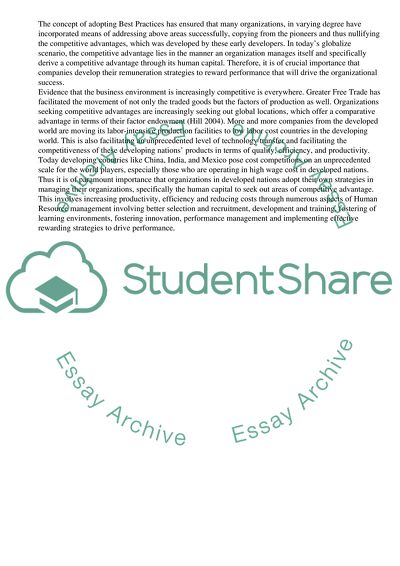Cite this document
(“How Modern Business Can Remain Competitive Essay”, n.d.)
How Modern Business Can Remain Competitive Essay. Retrieved from https://studentshare.org/business/1702815-human-resource-management
How Modern Business Can Remain Competitive Essay. Retrieved from https://studentshare.org/business/1702815-human-resource-management
(How Modern Business Can Remain Competitive Essay)
How Modern Business Can Remain Competitive Essay. https://studentshare.org/business/1702815-human-resource-management.
How Modern Business Can Remain Competitive Essay. https://studentshare.org/business/1702815-human-resource-management.
“How Modern Business Can Remain Competitive Essay”, n.d. https://studentshare.org/business/1702815-human-resource-management.


